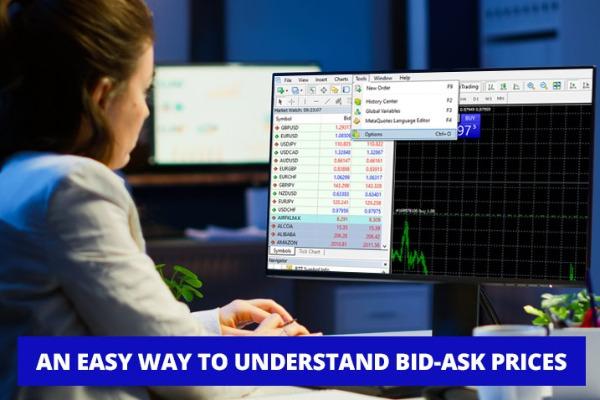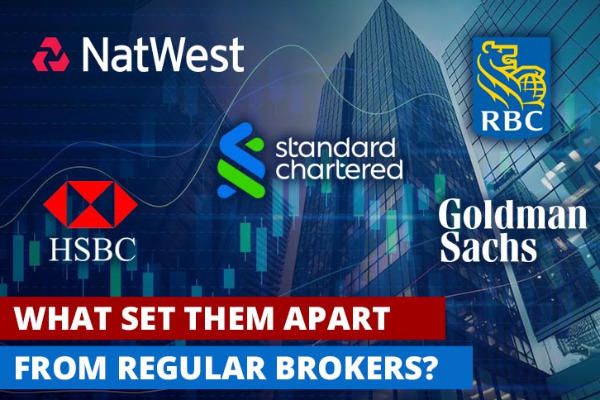Brokers offer different types of accounts that traders can choose depending on their experience, knowledge, and available capital. What about the zero spread vs standard account?
While there will always be a demo account provided for newbies, it is generally expected that after using the demo account for a while, traders should be able to open a live trading account. The demo account enables traders to get familiar with the features of the trading platform of a chosen broker. At the same time, it avails them the chance to test and fine-tine different trading strategies that will help minimize losses and enhance profit.

This way, by the time they decide to open a live account, they are clear on what they want to achieve as a trader and they have a clear plan on how to go about it. Speaking of live trading accounts, there is the standard account, mini account, managed account, zero spread account, etc. Our focus here will be on the zero spread and standard account.
Zero Spread Account
The zero spread account is an account made available by brokers in which there is no difference between the bid and ask price. As a result, traders can have advanced knowledge of their entry and exit levels when they open positions. It is highly beneficial in the calculation of non-trading losses while also being the perfect account to execute certain forex trading strategies like day trading and high-frequency scalping.
See Also:
Features of the Zero Spread Account
Since the main feature of the zero spread account is the absence of spread, it allows traders to increase their profit and make a more accurate prediction of their expected revenues. Thus, traders are able to precisely compute their executions without having to worry about the widening or tightening of spreads. It is highly suitable for traders with a preference for high-speed trading as it provides traders with leverage that reaches as high as 1:3000 and 200 open positions. Also, this account allows traders to quickly adjust their positions without incurring an additional loss that may be caused by fluctuations in the value of the forex market spread.
While the spread is not a factor with this account, there is a commission fee that is typically charged per lot. This commission fee tends to vary from one broker to another but $20 is the common average. Still, this account provides traders with an opportunity to deal in currency trading with minimal to low exposure to high transaction costs which could have a significant impact on any profit the traders make.
All in all, this account can expose traders to a lack of negative balance protection as well as tighter stop loss and margin call levels.
Standard Account
This is a type of trading account that is quite common among brokers offering online trading services. With the standard account, standard lots of currency each with a worth of $100,000 is made available to traders. This does not necessarily mean that traders need to prepare $100,000 every time they want to open a trade. Due to "the law" of margin and leverage, say at 100:1, only about a thousand dollars needs to be available in the account for a trade position to be initiated.
Features of a Standard Account
Due to the substantial up-front capital that is needed to trade full lots, users of this type of account get better services and extra benefits from their respective brokers. There is also an incredible amount of potential to make significant gains. Considering that each pip has a value of $10, if a position moves by 100 pips in favor of the trader in one day, the gain will amount to $1,000. This kind of gain is not available with any other type of account unless the trader trades more than one standard lot.
As mentioned earlier, the capital requirement can appear a bit steep especially to beginner traders as most brokers require standard accounts to have a starting minimum balance of between $2000 to $10,000. Just like there is much potential for gain, there is also potential for significant losses which could be devastating for beginner traders. Based on the earlier example, if a position should move against the trader, then such a person can lose a thousand dollars when the market moves 100 pips against them.
This is why this account is usually more recommended for experienced traders. Such traders are familiar with getting through losses without allowing them to affect them psychologically. If a novice or beginner should experience that kind of loss so early in their trading career, it might shatter their will and desire to go on and keep trading.
In conclusion, you just need to weigh your options in terms of experience, knowledge, and financial capital before making a choice and deciding on the type of account you intend to open. The two accounts above have their pros and cons just like almost anything in life and the onus rests on the trader to be able to manage the losses and profits that might accrue. With our coverage on zero spread vs standard account, hopefully, you are enlightened in your decision-making process. It is important to note that choosing the right type of account tends to play a role in your success potential, as it's going to determine what kind of trading conditions will support you through your trading journey.
Apart from zero spread, there's also a popular term called "raw spread" that is supposed to represent how a broker provides the best spread. What makes it special and why it is sometimes more preferred than the regular zero spread account? Find out in "Raw Spread vs Standard Trading Account".

 Dedicated FREE FOREX VPS
Dedicated FREE FOREX VPS Free FOREX Virtual Private Server
Free FOREX Virtual Private Server MT4 Demo Contest, Get $500
MT4 Demo Contest, Get $500 Sign Up for an Account, Claim 60% Deposit Bonus
Sign Up for an Account, Claim 60% Deposit Bonus Free MT4/MT5 VPS 2024
Free MT4/MT5 VPS 2024 Send E-mail and Get Free Merchandise
Send E-mail and Get Free Merchandise $1K Refer a Friend Bonus for Pepperstone Pro clients
$1K Refer a Friend Bonus for Pepperstone Pro clients Maximize Your Earnings with 100% Deposit bonus
Maximize Your Earnings with 100% Deposit bonus Trade to Win, $5,000 Monthly Demo Contest
Trade to Win, $5,000 Monthly Demo Contest Claim 30% + 15% Deposit Bonus from LiteFinance
Claim 30% + 15% Deposit Bonus from LiteFinance











